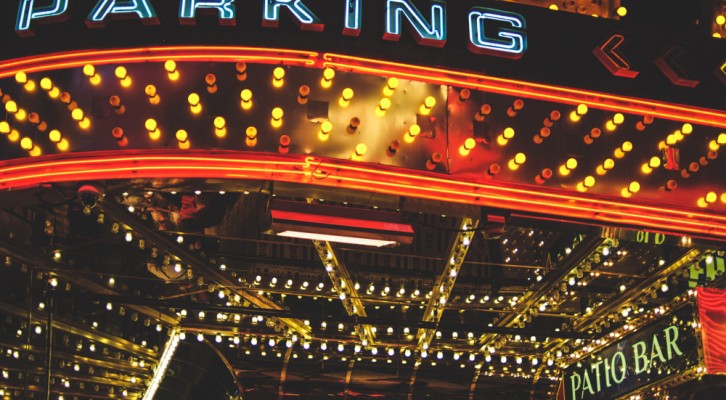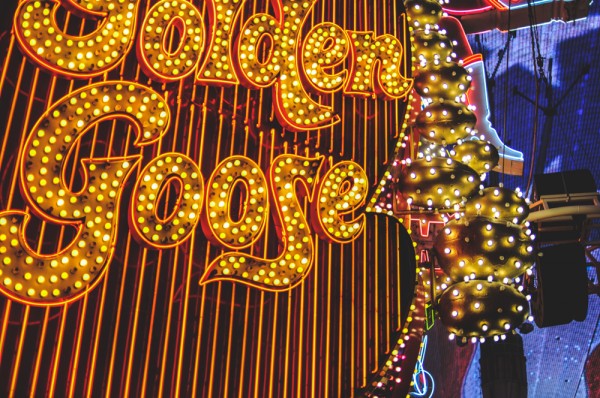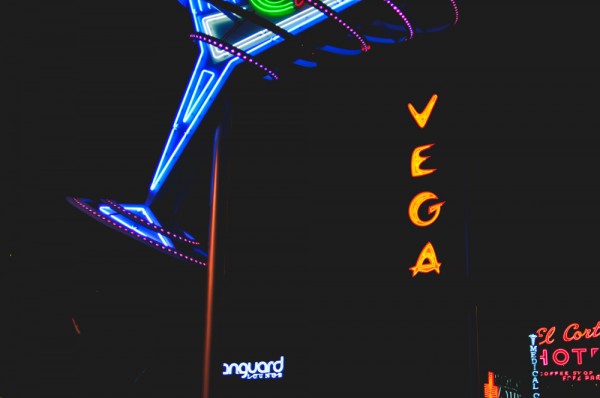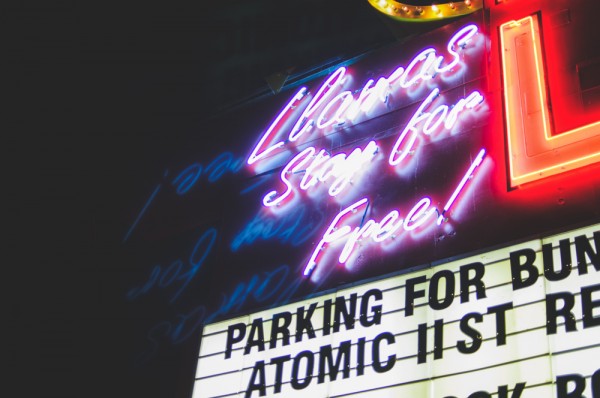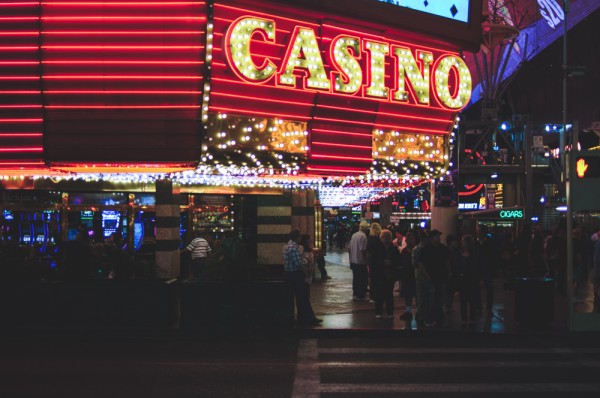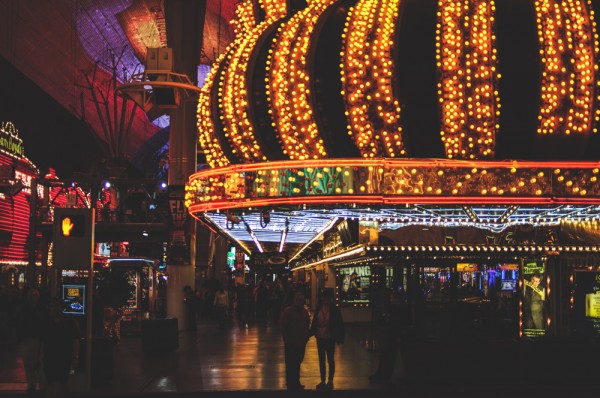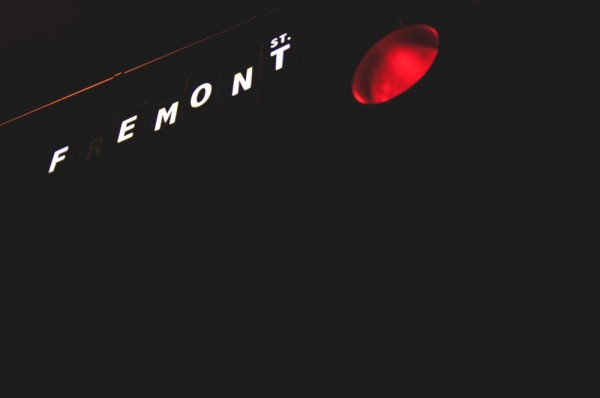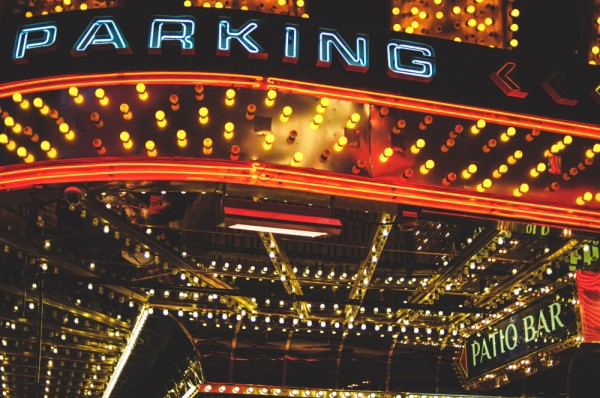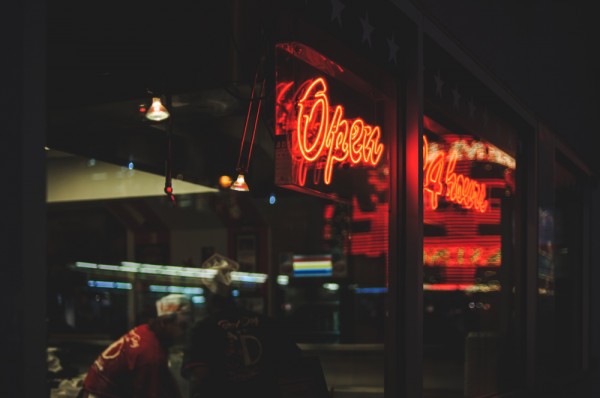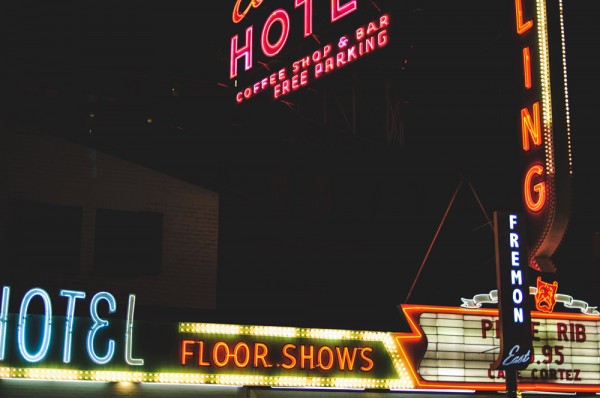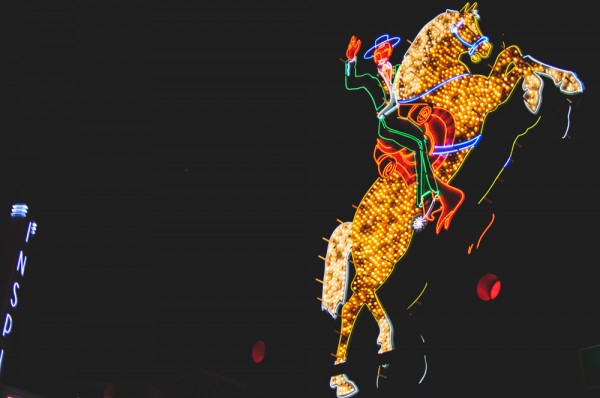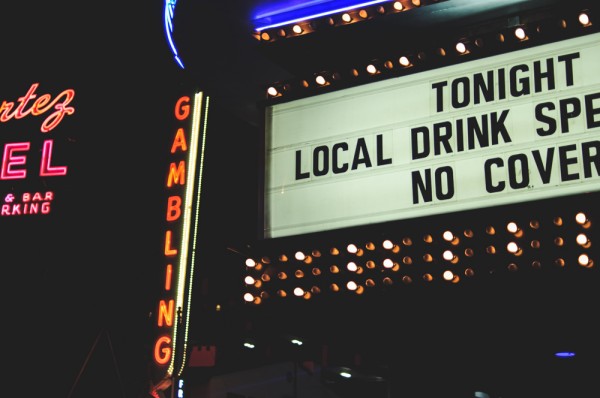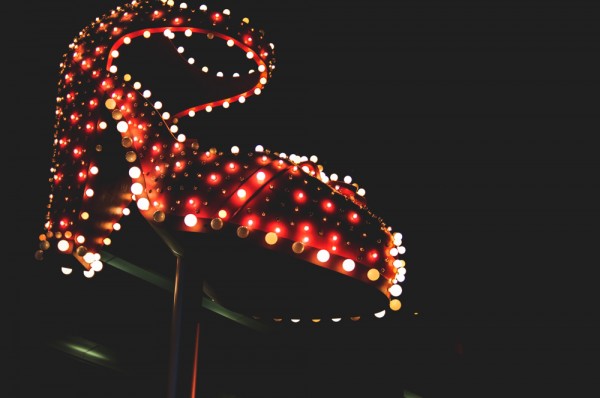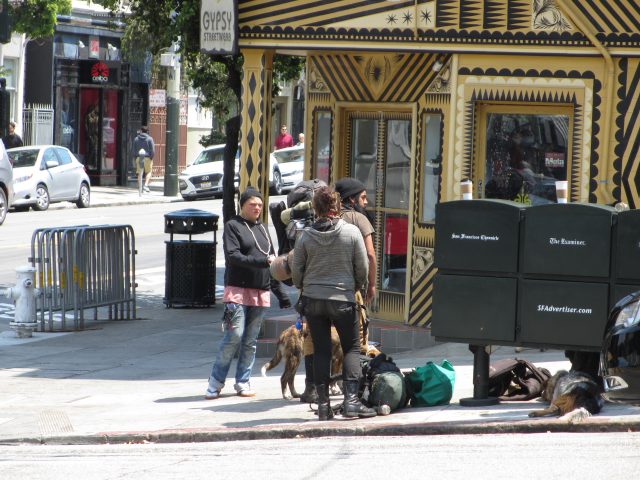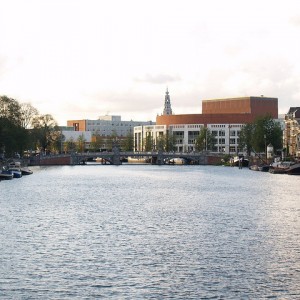Vice. Excess. Indulgence. The Las Vegas Strip holds a number of well-deserved stereotypes that emerges from a tourism sector that is almost uniformly centred around gambling, late nights, and a sense of corporate-sponsored hedonism.
Las Vegas as a city is a contradiction in terms: non-locals universally refer to the melange of high-rise mega-resorts dotting South Las Vegas Boulevard as ‘Las Vegas,’ while this section of the urban region lies almost entirely outside of the city limits of Las Vegas. A typical visitor to the area will likely never set foot in the city itself, coming merely to indulge in activities that they would otherwise not enjoy in their home city.
Downtown Las Vegas serves as a contrast to The Strip: where The Strip is characterised by themed resorts with supertall structures and some of the largest hotels in the world, Downtown Las Vegas is an entertainment district at a human scale. The strong presence of gaming and entertainment remains, but Fremont Street itself offers a glimpse into a bygone era of entertainment-oriented tourism.
When Robert Venturi, Denise Brown, and Steven Izenour’s book Learning from Las Vegas: The Forgotten Symbolism of Architectural Form was published in 1972, it marked a turning point in the collective perception of Las Vegas as an architectural phenomenon, a space of consumption, and a physical manifestation of popular culture.
Architects and the academy had long (and many still do) consider Las Vegas to be unworthy of serious consideration as a subject of observation; Venturi et al. reminded us that Las Vegas, with all of her glitz and glamour, remains popular because our cities fail to offer us everything we need, whether it’s noisy slot machines, indoor smoking, or scantily-clad showgirls.
Fremont Street is not the model for how to properly entertain every city or every person, but just like its 70-storey accomplices on South Las Vegas Boulevard, it remains a unique placemaking laboratory.

